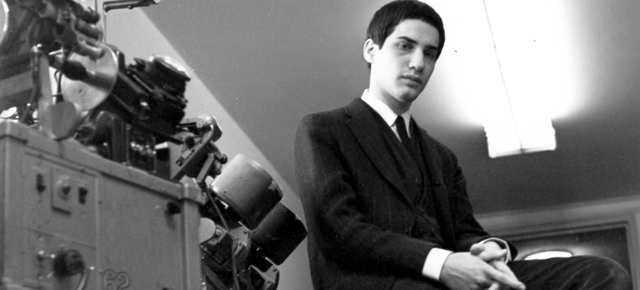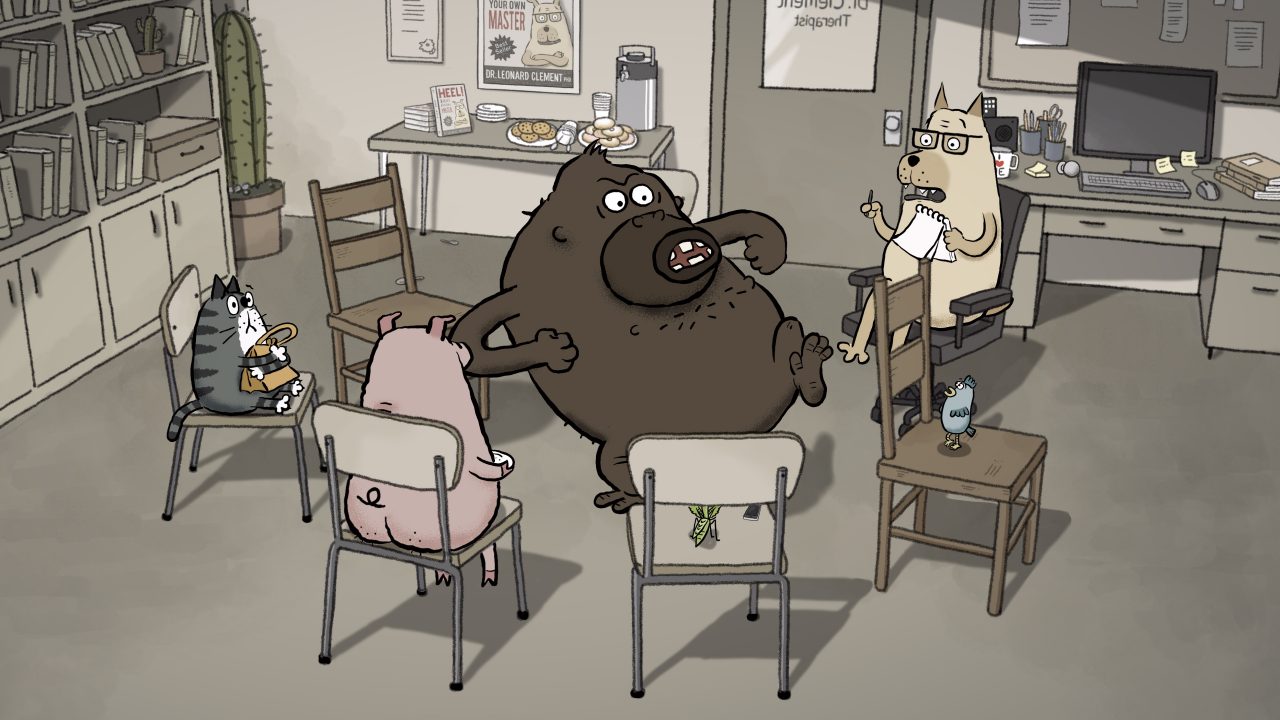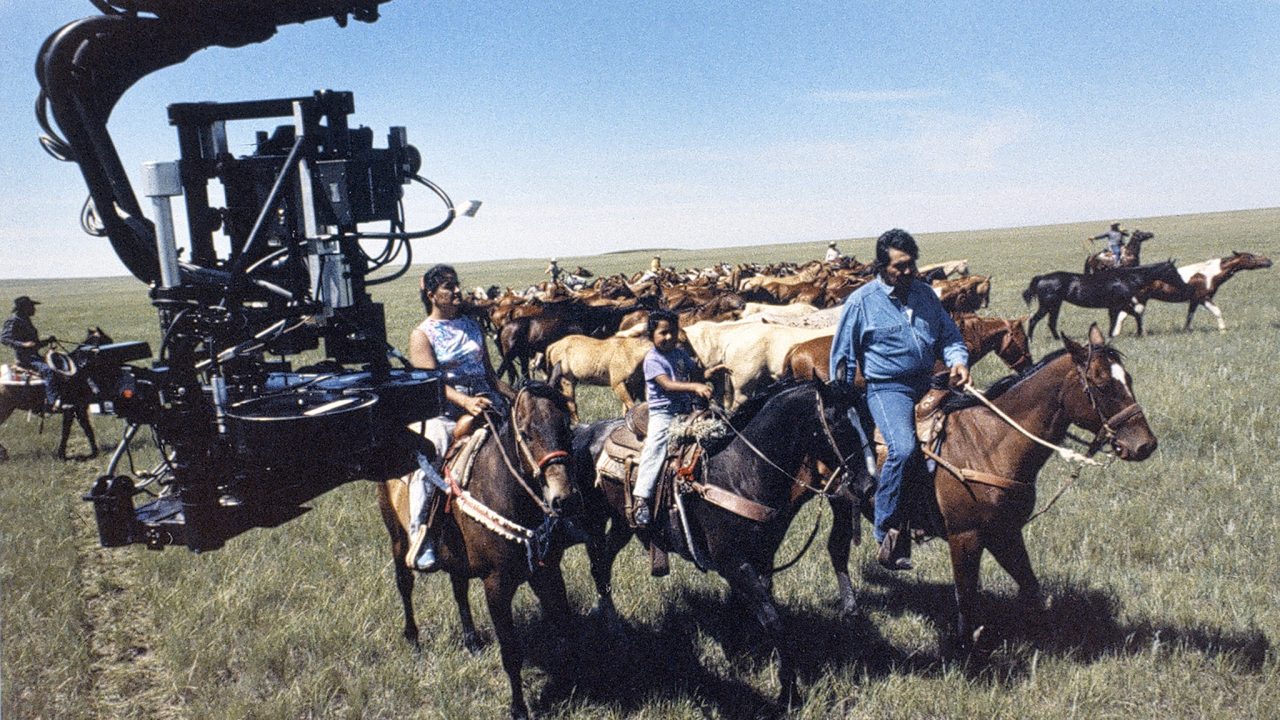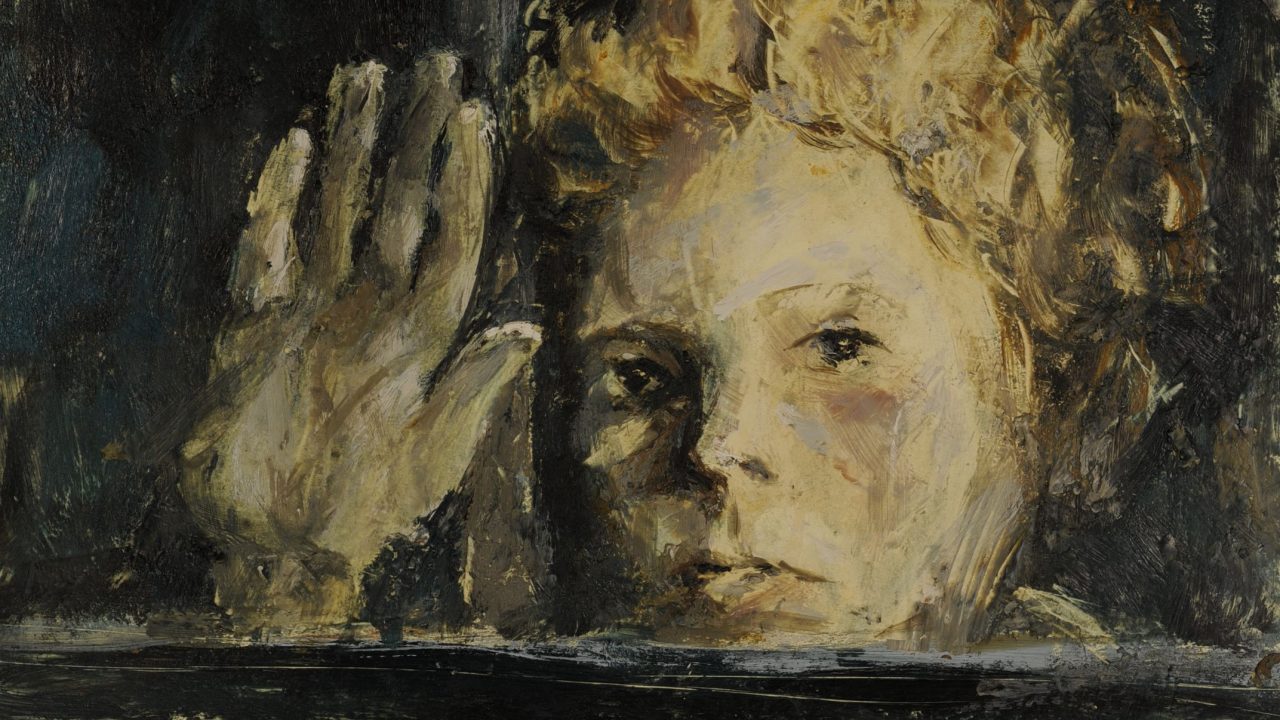
How Avant-Garde NFB Filmmaker Arthur Lipsett Influenced Kubrick and Lucas
How Avant-Garde NFB Filmmaker Arthur Lipsett Influenced Kubrick and Lucas
*The following is a translation. Read the French original here.
Behind every work lies at least one source of inspiration – art that comes from a specific time and place, evoking an era or a style. Sometimes artists are influenced by artistic movements, by particular techniques, or by the work of other artists.
Writer Jean de La Fontaine drew inspiration from Aesop’s fables. Artist Roy Lichtenstein absorbed influences from advertising, pop culture, and comics. Filmmaker Tim Burton is renowned for the aesthetic of his films, which was inspired by German Expressionists, including painter Otto Dix and director Fritz Lang.
For his part, Canadian filmmaker Arthur Lipsett was highly influenced by a collage technique popular among 1960s practitioners of Pop Art – and, in turn, Lipsett would go on to influence two of the greatest directors of the late 20th century: George Lucas and Stanley Kubrick.
How Lipsett influenced Kubrick
Before The Shining (1980), A Clockwork Orange (1971) and 2001: A Space Odyssey (1968), Stanley Kubrick made Dr. Strangelove or: How I learned to Stop Worrying and Love the Bomb (1964), a hilarious satire about nuclear war between the US and the USSR.
Kubrick wanted Arthur Lipsett to direct the trailer. Two years earlier, the Canadian filmmaker had gained some recognition for his first film, Very Nice, Very Nice (1961), which was nominated for an Oscar. In an article published in 1986, in the now-defunct Cinema Canada magazine, filmmaker Lois Siegel (Baseball Girls, Canada vignettes: Stunt Family) tells this story:
“After his Academy Award nomination, [Lipsett] received a letter from British filmmaker Stanley Kubrick. The typewritten letter said, ‘I’m interested in having a trailer done for Dr. Strangelove.’ Kubrick regarded Lipsett’s work as a landmark in cinema – a breakthrough. He was interested in involving Lipsett. This didn’t happen, but the actual trailer did reflect Lipsett’s style in Very Nice, Very Nice.”
Here is the Dr. Strangelove trailer. Kubrick directed it, but the influence of Lipsett’s film is very striking.
The Arthur Lipsett fonds at the archives of the Cinémathèque québécoise includes a letter dated May 31, 1962, in which Kubrick congratulates Lipsett on Very Nice, Very Nice. He says it is “one of the most imaginative and brilliant uses of the movie screen and soundtrack that I have ever seen.”
http://www.nfb.ca/film/very_nice_very_nice
How Lipsett influenced the creator of Star Wars
Stanley Kubrick is not the only great filmmaker to have been influenced by the avant-garde work of Arthur Lipsett. Here is another story from Lois Siegel’s Cinema Canada article:
“When Derek Lamb was director of animation at the NFB, he once presented a series of NFB films in California. George Lucas (“Star Wars”) later came up and inquired. ‘How’s Arthur Lipsett? He’s a very important guy.’ Apparently 21-87 was a big influence on Lucas’ class at U.S.C.”
In an interview with Wired, Lucas said that he’d watched Lipsett’s film 21-87 more than two dozen times. The 10-minute short, made from scraps of film and sound tracks that Lipsett collected from the trash cans in the NFB’s editing rooms, had a direct influence on Star Wars. What impressed Lucas so much was the subversive way in which Lipsett married disparate images and sounds. Lucas said, “21-87 had a very powerful effect on me. It was very much the kind of thing that I wanted to do. I was extremely influenced by that particular movie.”
In the 2006 documentary Remembering Arthur, Lucas once again discusses the powerful impression that 21-87 made on him.
Interestingly, in the first Star Wars film, A New Hope, Princess Leia is held captive on the Death Star in cell number 2187. Quite an honour for a Canadian director of experimental films – especially considering that Star Wars is one of the three most successful film franchises of all time, along with the Harry Potter and James Bond films.
Lucas even said that the term “The Force” is a direct reference to something heard in 21-87:
Many people feel that in the contemplation of nature and in communication with other living things, they become aware of some kind of force, or something, behind this apparent mask which we see in front of us, and they call it God.
So it’s pretty clear Lipsett’s work played a significant role in the development of the Star Wars series.
http://www.nfb.ca/film/21-87/
An unusual filmmaker
Arthur Harold Lipsett was born in 1936, and grew up in a middle-class family in Montreal’s NDG neighbourhood, on the west side of the city. He had a sister named Marian, and his father was a chemist. Lipsett’s mother, a Russian Jew from Kiev, committed suicide two years after the end of the Second World War. Arthur, then 10 years old, is believed to have witnessed the act.
He studied arts and design at the École des Beaux-Arts de Montréal (The Montreal Fine Arts School), where he earned honours for excellence during his first two years. On June 3, 1957, Lipsett joined the National Film Board’s animation studio (Studio B). He was 21 years old. He would make 6 of his 7 experimental films at the NFB during the 1960s. The first 4 are considered to be his greatest works.
Lipsett was, above all, an avant-garde filmmaker. In the early 1960s, his work was characterized by the use of collage and his method of playing with black-and-white images and a non-synchronized sound track. Although there are documentary elements and representations of reality in most of Lipsett’s films – such as Very Nice, Very Nice and 21-87, they remain firmly experimental. They are also critical of society, capturing a sense of the disenchantment with modern life and its anxieties – but they have a spiritual side too.
Arthur Lipsett suffered from severe psychological problems for most of his adult years. He ended his own life in 1986, at age 49.
***
Here’s a list of films paying homage to Arthur Lipsett:
Lipsett Diaries
Remembering Arthur
The Arthur Lipsett Project: A Dot on the Histomap




Stanley Kubrick was a master, George Lucas is not, but Arthur Lipsett deserves a place between them both. The first two minutes of “Free Fall” is worth the entire oeuvre of George Lucas, though I kind of like American Graffiti
A: Stanley Kubrick was not a “British director.” He was an American who moved to Britain in 1961 and made the balance of his films there.
B: Nobody with any sense would ever characterize George Lucas as “one of the greatest directors of the late 20th century,” or any century. He is, at best, a mediocre director who was given the opportunity to make a movie that a lot of people were willing to pay money to see. Hardly the same thing.
I believe it is Roman Kroitor who speaks that line about THE FORCE, which is sampled in 21-87